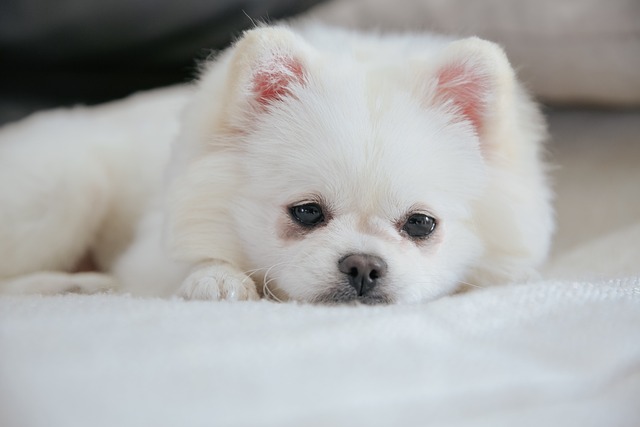
How to train a pomeranian puppy?
Pomeranian puppies are like tiny balls of energy with a side of stubbornness—those fluffy coats hide a big personality, which can make training feel equal parts charming and challenging.
Cocker spaniels thrive on company—those big, soft eyes and wagging tails were made for bonding. But when left alone, their sensitive nature can spiral into whining, chewing, or worse. Training them to handle solitude takes patience, but it’s worth it for both of you.
Start small. Leave the room for 30 seconds, then return with a quiet praise and a treat. Repeat, gradually stretching the time to a minute, then two. Use a consistent exit cue, like grabbing your keys, so they learn the routine doesn’t mean forever. A cozy bed in a sunny spot, with a familiar blanket, can make their alone space feel safe.
Avoid making departures or returns a big deal. No long goodbyes, no excited hellos—calm energy tells them being alone isn’t a crisis. If they start fussing, wait until they’re quiet to re-enter; rewarding noise only teaches them it works. Some owners play soft music or a TV show at low volume to mask outside sounds that might trigger anxiety.
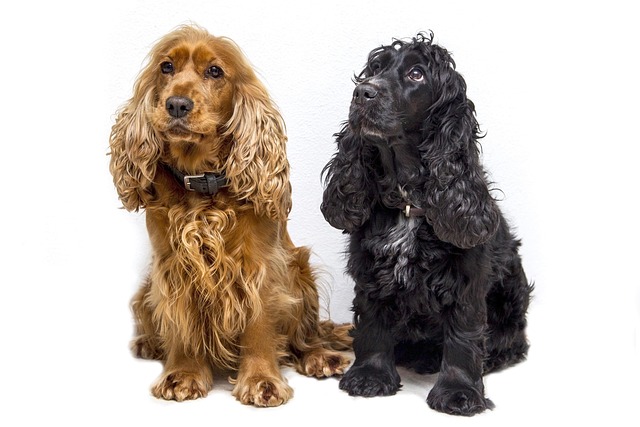 Puppies need shorter sessions, but adult cockers can build up to hours. Try leaving them while you run a quick errand, then extend as they prove trustworthy. Puzzle toys stuffed with peanut butter or kibble keep their minds busy—boredom often fuels destructive behavior. Just make sure toys are safe; avoid small parts that could be swallowed.
Puppies need shorter sessions, but adult cockers can build up to hours. Try leaving them while you run a quick errand, then extend as they prove trustworthy. Puzzle toys stuffed with peanut butter or kibble keep their minds busy—boredom often fuels destructive behavior. Just make sure toys are safe; avoid small parts that could be swallowed.
Check local rules. Many cities have noise ordinances that apply to dogs—constant barking could land you a fine. If your cocker’s separation anxiety leads to loud outbursts, a trainer or vet can help. In some areas, leaving a dog alone for excessive hours might violate animal welfare laws, so know your limits based on their age and needs.
Consistency beats intensity. Training for five minutes daily works better than a marathon session once a week. If you skip days, progress stalls—cockers pick up on inconsistency quickly. Over time, they’ll learn that alone time means you’ll come back, and their confidence will grow.
End each successful session with a calm interaction. A gentle pet and a “good job” reinforces that being alone leads to positive things. With time, your cocker will relax when you’re gone, turning those anxious moments into peaceful independence. After all, a happy, confident dog makes for a happy home.

Pomeranian puppies are like tiny balls of energy with a side of stubbornness—those fluffy coats hide a big personality, which can make training feel equal parts charming and challenging.
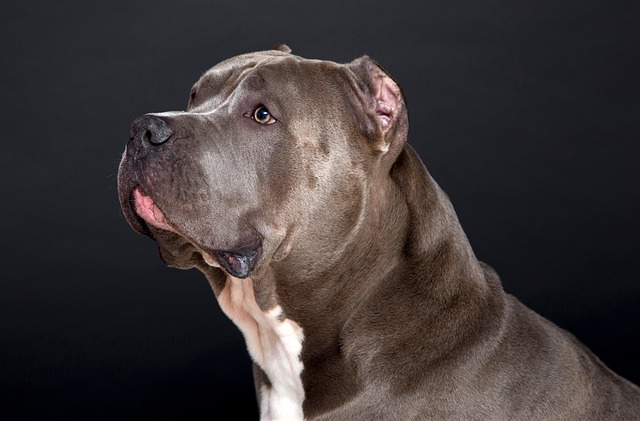
Dogs acting out—chewing furniture, darting through open doors, ignoring commands—isn’t just frustrating. It often signals unmet needs, whether physical, mental, or emotional. Before reacting, step back.
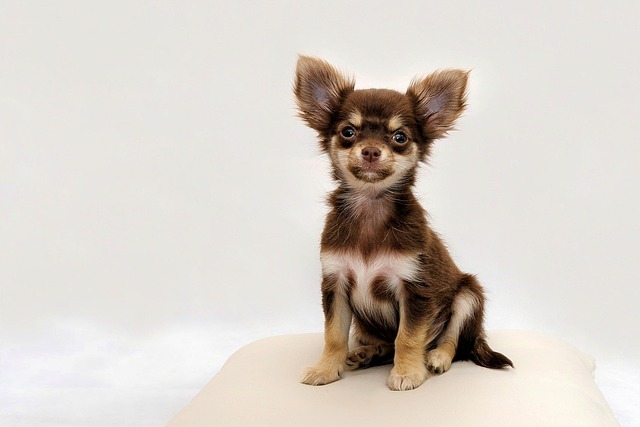
There’s something endlessly charming about a dog offering a paw when asked—it turns ordinary moments into little shows of connection.
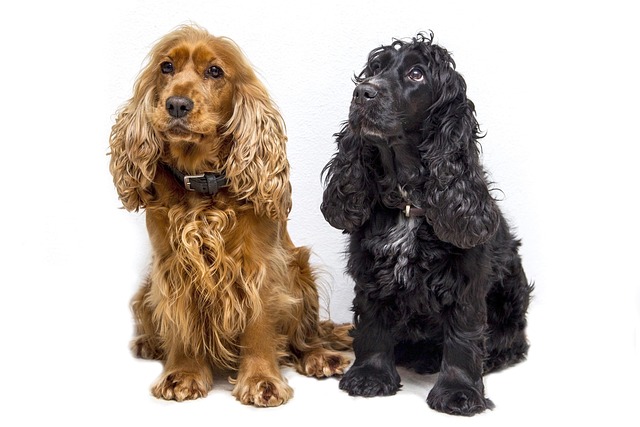
Cocker spaniels thrive on company—those big, soft eyes and wagging tails were made for bonding. But when left alone, their sensitive nature can spiral into whining, chewing, or worse.
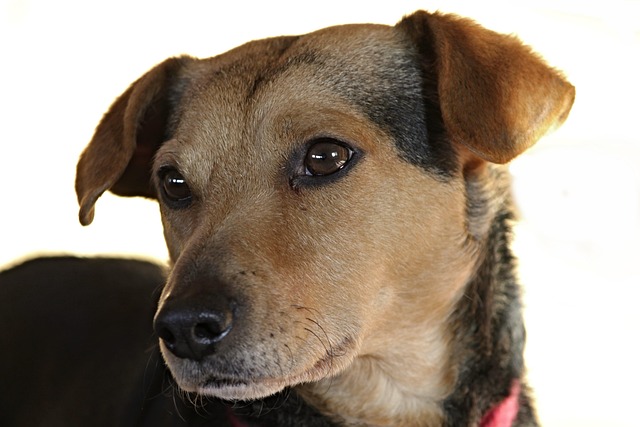
That gray muzzle doesn’t mean your dog’s learning days are over. Even a 10-year-old lab who’s never mastered “stay” can pick up new skills—they just need a little patience and the right approach.
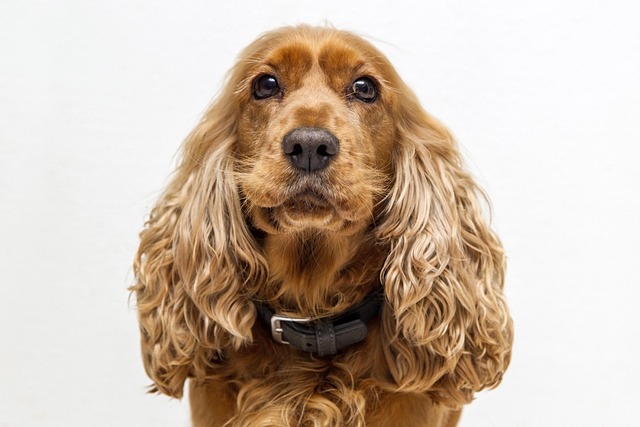
Cocker spaniels, with their wagging tails and curious noses, love exploring every nook and cranny—which can make lead training feel like herding a bundle of energy.